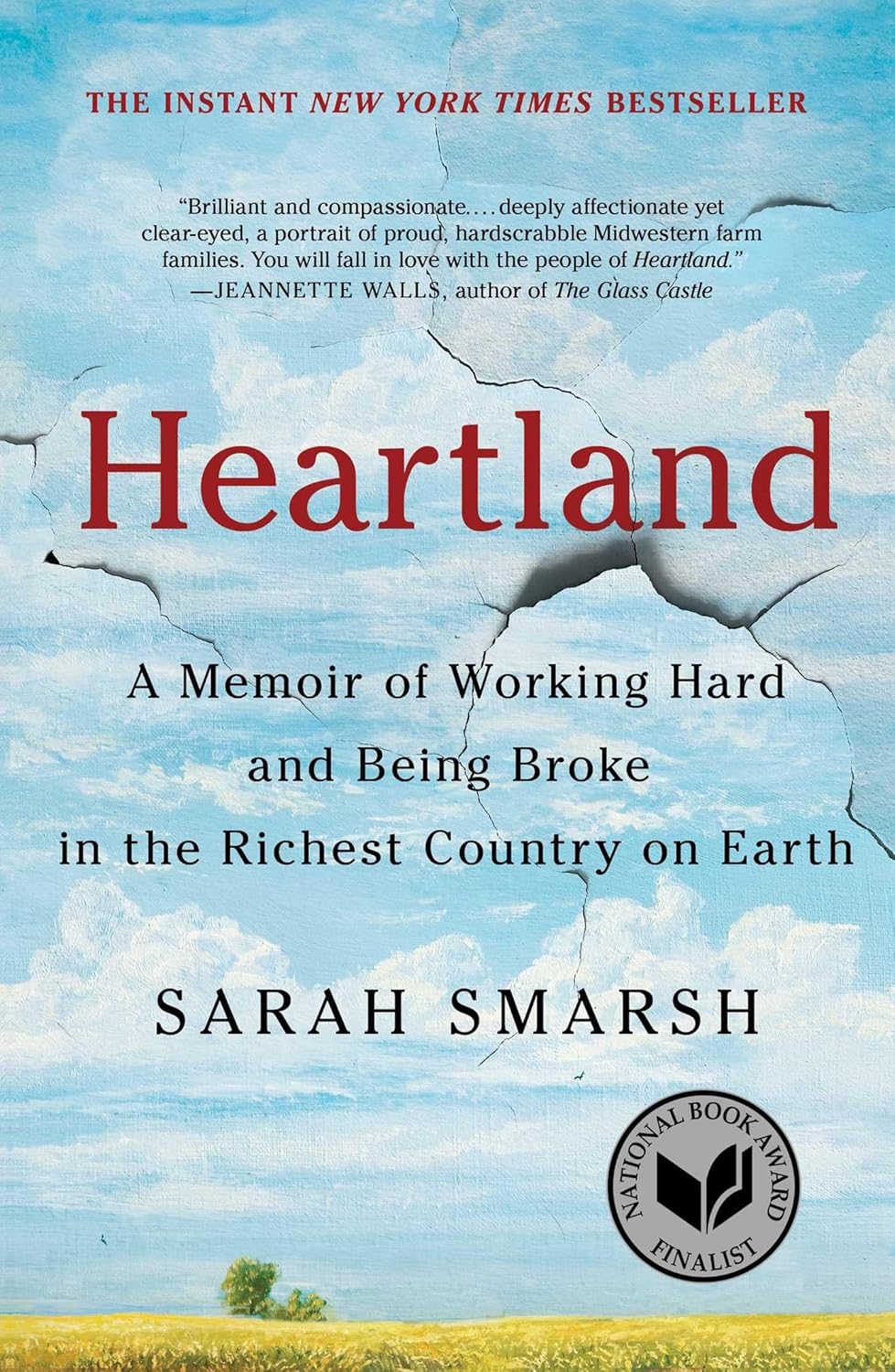What was still preventable in the 1980s would, in a couple of decades, become manifest; what was once treatable would become deadly. I’m not sure my immediate family’s brushes with death when I was a kid—Mom’s hemorrhage in childbirth, Grandma Betty’s collapsed lung, Dad’s chemical poisoning—would be survived today. Mom would have been less healthy going into labor, Grandma would have been sent home too soon for lack of insurance, Dad would have been given a cheaper and less effective treatment. The mortality rate for poor rural women, in particular, has risen sharply over my lifetime.
Health insurance had been around for a long time, of course, but the power of that industry had swelled up fast, transforming access to care and all the costs that come with it. Grandma Betty would forget a lot about giving birth to Mom, but she always remembered how much she owed when she left the hospital: $12.
“That was hard to come up with then,” Betty told me. “I handed them the money and told her, ‘You’re all mine now.’”
That was at a military hospital in the 1960s. When I was in my 20s, it took me two years to pay off an emergency-room visit, and I had employer-based health insurance at the time.
It’s a hell of a thing to feel—to grow the food, serve the drinks, hammer the houses, and assemble the airplanes for people with more money to eat or drink or live in or fly around in, while you and the people you know can’t afford to go to the doctor. Even though no one complained or maybe even realized it was a problem, I could feel that the people around me knew they were viewed as dispensable.
While our family struggled to improve our situation with our intelligence, creativity, and grit, manual labor changed our bodies. Wrinkles and sunspots from years spent working in the fields beneath an unobstructed sun in the big Midwestern sky; limbs or fingers bruised, scarred, or lost altogether to big, churning equipment; back problems from standing on factory floors making motions as repetitive as the conveyor belt.
The physical markers of our place and class were so normal and constant, from my vantage, that I never thought to question them: the deep, black bruises ever-present beneath my dad’s fingernails; the smoker’s rattle in Grandma Betty’s lungs; the dentures she’d had since her late 20s; the painful sunburns I sometimes got on my young corneas working outside against a hard slant of light.

